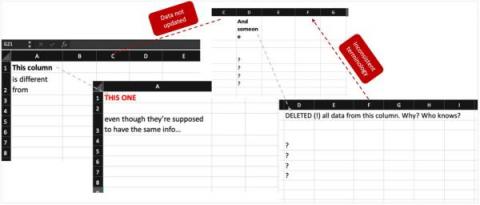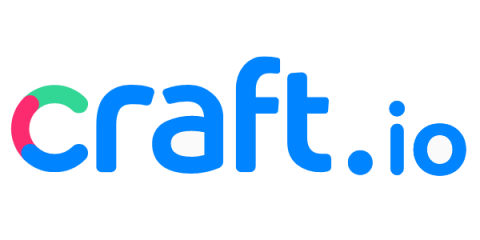Teams | Collaboration | Customer Service | Project Management
Product Management
Product Leaders: Here's Why Spreadsheets Are Undermining Your Product Management Efforts!
Under the right circumstances and when used for their intended purposes, spreadsheets are among the most useful and impressive software tools ever developed. So, let’s get that out of the way upfront — we at Craft.io aren’t spreadsheet haters or skeptics. #GoSpreadsheets! In fact, we use them internally to build and manage our business. We just don’t use spreadsheets for our product work. Because… time and place.
Miro for Product Development Teams
The 8 best product management tools
Nishar’s quote perfectly sums up the diverse challenges of managing product development. Product managers must be able to think strategically, plan out tasks, and coordinate the execution of product initiatives. But let’s face it: Juggling user research, product planning, prototyping, and customer feedback can be overwhelming. That’s why having the right product management tools in your arsenal is essential.
Product management vs. project management: A comparison of roles and responsibilities
Managing change, creating common vision, and reaching desired outcomes are the three most vital priorities for anyone responsible for leading teams. In many agencies, this includes project managers, product managers, or both. While the names and day-to-day tasks of project managers and product managers may be similar, it’s worth understanding the significant differences between the roles. At a basic level, it’s as simple as it sounds.
Shift Your Company to a Product Mindset (Webinar Video Included)
For many businesses selling SaaS software and other modern tech solutions, the product mindset is built right into the corporate culture. But companies in older industries, such as bricks-and-mortar retail stores, have yet to embrace the product mindset – or, in many cases, even the product management role in general.
UNLEASHING OUTCOMES: Breaking Free from the Feature Factory
The Enterprise (R)evolution: How to Effectively Adopt A Product Mindset
The Essential Skills Every Product Manager Needs to Succeed
Product managers are responsible for defining the product strategy, delivering value to customers, building roadmaps, and driving direction. They also drive alignment between multiple teams to bring a product vision to life. That sounds like a lot to juggle! Product is certainly not easy, so how can you ensure you’re set up for success?











